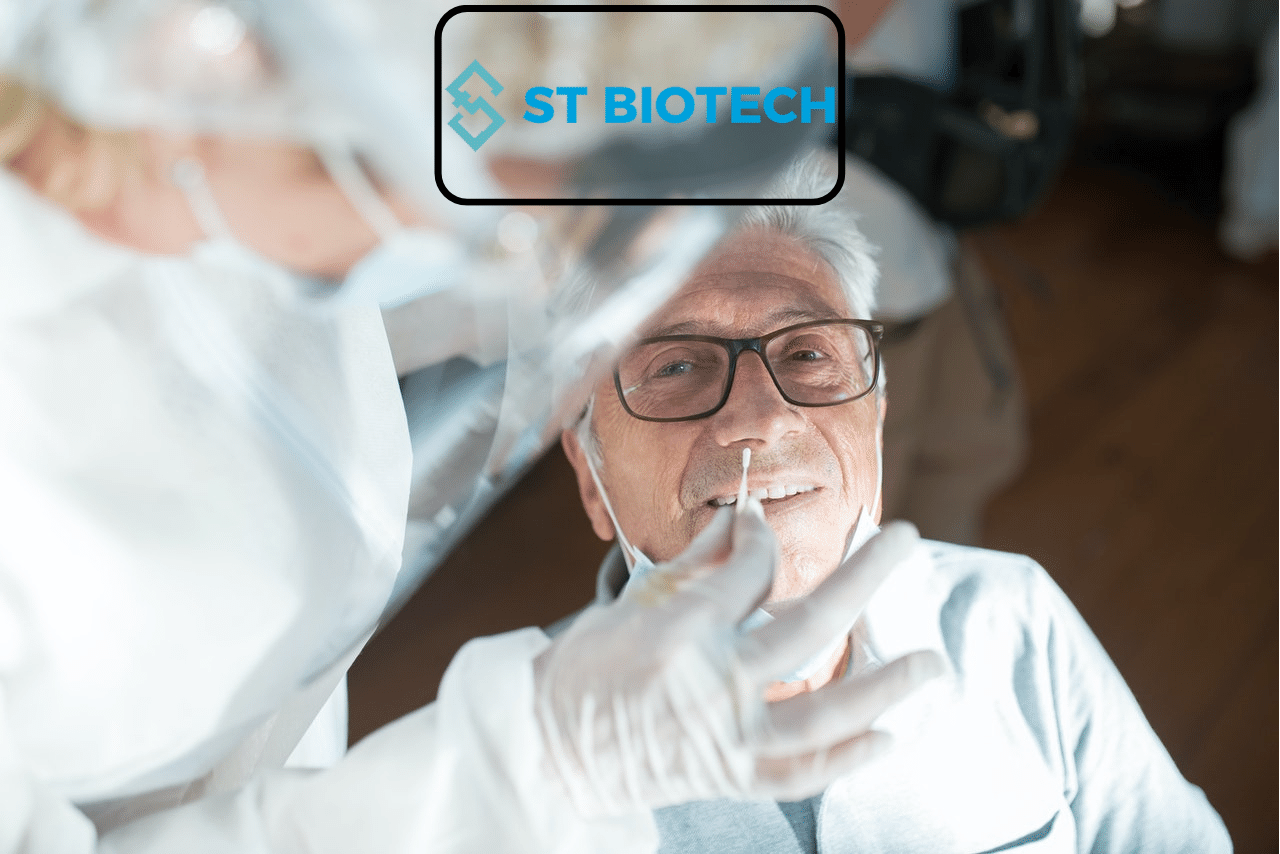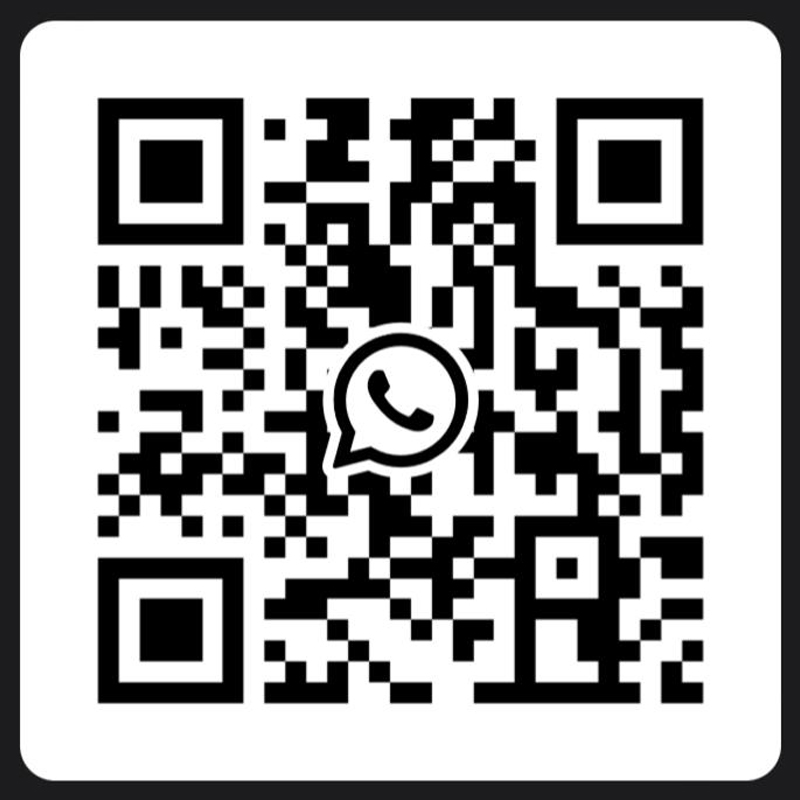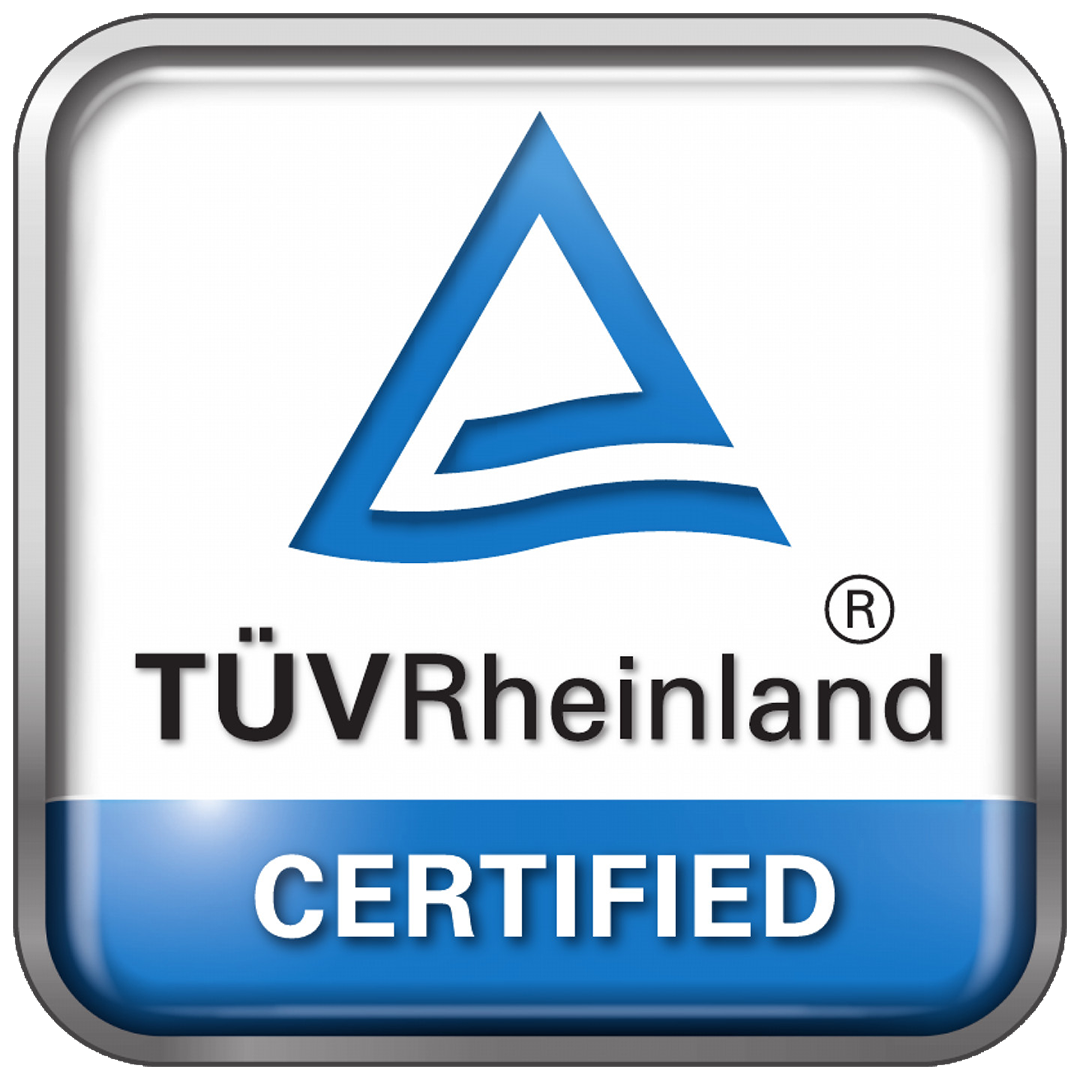Why does the false-negative result risky?
Individuals who are with negative results may avoid physical distancing and other safety measures to reduce the transmission of the virus to other communities. According to the studies, from a population of 40 million people, 2 million false-negative results would be expected.
False negative results may result due to misidentification, inadequate collection of secretions and due to incorrect techniques used.
According to the visual appearance of the external nose most of us misunderstood the trajectory, from nostril to nasopharynx is along the dorsum of the nose. But, the trajectory is along the nose floor towards the ear. Placing the packing “up” the nose and not reaching the target location provides an uncomfortable feeling for the patient.
Nasopharyngeal Swab(NPS) is the best alternative for oropharyngeal swab. NPS is uncomfortable sometimes but it is a good technique.
When performing NPS, it should be concern,
- trajectory angle- The swab should be angled to follow the floor and nose.Most of the times the entire length of the swab is inserted into the nasal cavity. Only a small part of the swab left outside of the nose.
- depth
- patient expectation- patient and operator should have expectations to follow the procedure. NPS is less discomfort to the patient and the operator feels discomfort due to anatomical obstruction like deviated septum.
Inadequate NPS collection lead to false negative results. It gives a false sense of security to patients and healthcare workers because it underestimate the prevalence of the disease.
Respiratory specimen collection
Proper specimen collection is the most important step.
Before collecting the specimen, the testing laboratory should be contacted to confirm the accepted specimen type and follow manufacturer instructions.
Nasopharyngeal or oropharyngeal specimens are not appropriate for self-collection.
Upper respiratory tract: should be perform by a trained healthcare workers
- Use only synthetic fibre swabs with thin plastic. Using wooden shafts may inactivate the virus and inhibit the molecular tests.
- CDC recommends collecting only one type- Oropharyngeal or Nasopharyngeal specimen. If both are collected combining them in a single tube maximise the sensitivity.
accurate technique to reach nasopharynx:
- Tilt patient’s head back 70 degree celsius.
- The minitip swab with a flexible shaft should insert through nostril parallel to palate
- A resistance can be felt when contact with nasopharynx. Swab should reach depth equal to distance from nostrils to outer opening of ear
- Gently rub and roll the swab.leave it to absorb secretions. Rotate the swab and remove it slowly. Repeat it to both sides using same swab.(if the swab is saturated with fluid it is not necessary to collect from both sides)
- If there is a blockage in one nostril it is advised to obtain specimen from other nostril
accurate technique to reach oropharynx:
- Insert swab into posterior pharynx and tonsillar areas.
- Rub over both tonsillar pillars and posterior oropharynx
- Place a swab in the transport tube provided.
Saliva sample collection
- Saliva should be collected in a sterile, leak-proof container
- No preservative is required
Lower respiratory tract:
- Collection of the specimen is limited to patients with severe disease including people who have been admitted to hospitals
- Should collect in a sterile, leak-proof sputum collection cup
Sputum( collected under the guidance of a trained health professional)
- Sputum can be collected from the patients who develop a productive cough
- Patient should be provided water to rinse the mouth and the specimen should be directly insert in to a sterile, leak proof collection
Sputum is an aerosol collection procedure and it contains high concentration of infectious respiratory aerosols. This may expose health care workers to a high risk of infection. Therefore they must follow standard precautions and wear proper masks, gloves and other personal protective equipment when collecting specimens.
Self collected specimen
The laboratories should have a proper method to confirm that the self administered specimen collection has been obtained correctly and prove that it has been taken from the exact person who is being tested.
Other information that should provided to the laboratory are age and sex of the person, the specimen source, the tests that should performand date of specimen collected etc.
How to handle swabs to collect specimen
Sterile swabs for upper respiratory specimen collection may be packaged Individually wrapped or bulk packed.
When handling bulk packed swabs special care must be exercised to avoid the contamination of the virus in the bulk- container.
From the bulk package, individual swabs must be separated and disposed in to plastic bags.
Otherwise separate clean gloves should be used for each single swab. To avoid accidental contamination, always close the bulk swab container.
The swabs must be handled with gloved hands only.
These precautions must be followed by the patients who are self-collecting specimens under clinical supervision.
How to properly store and ship specimen
Specimens should be stored at 2-8°C for up to 72 hours. If there is a delay in testing or shipping sore below -70°C
Store extracted nucleic samples at -70°C or lower.
Specimens should be shipped to CDC if there are inconclusive results or any unusual results.
Therefore we can understand the importance of the accuracy of the lab results and how to follow the accurate procedure when collecting specimens. False-negative results increase the risk of the spread of the COVID 19. Not only the instrument and chemical reagents used in the sample but also the quality of the specimen is also important. Laboratory tests must be able to detect a positive case(sensitivity) and less likely to provide false-negative results.




